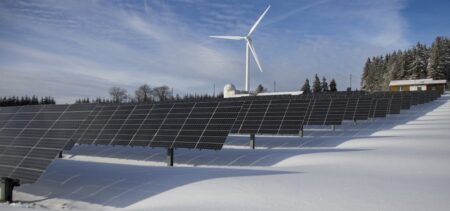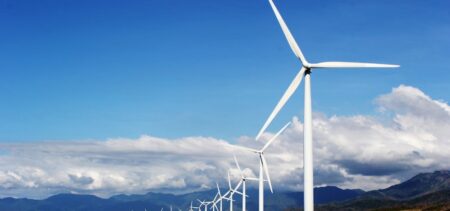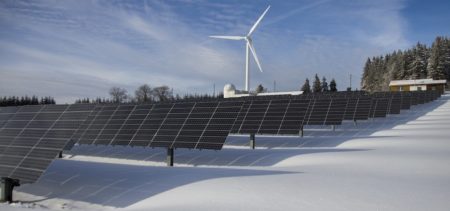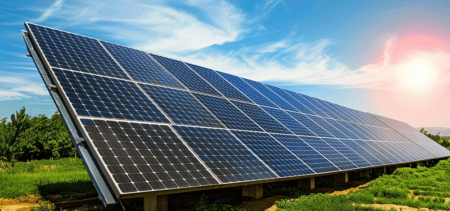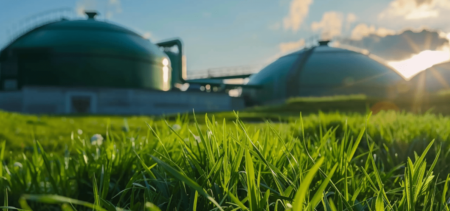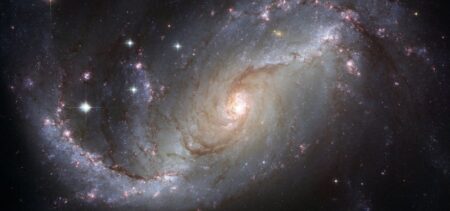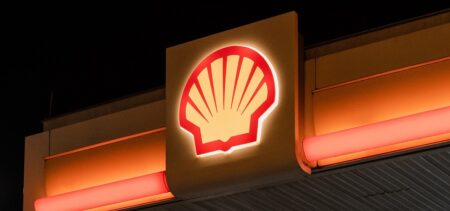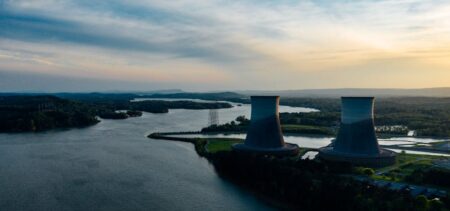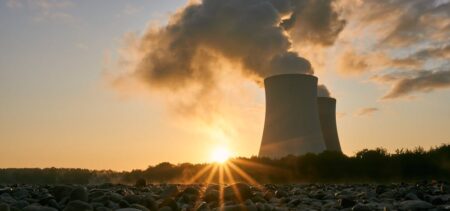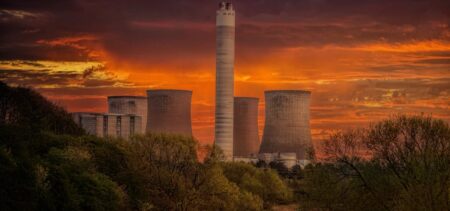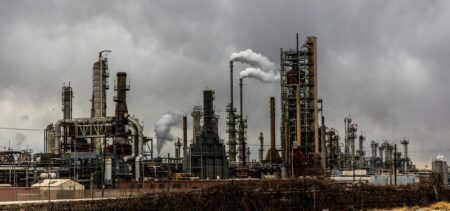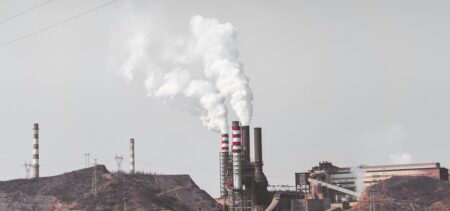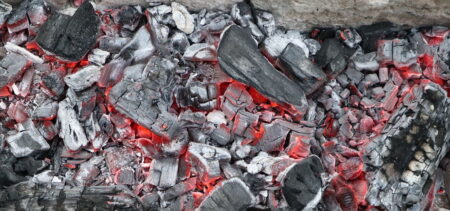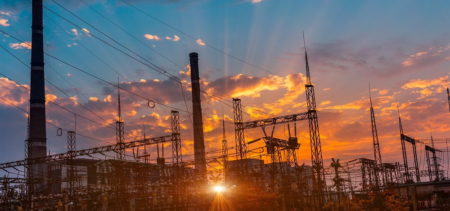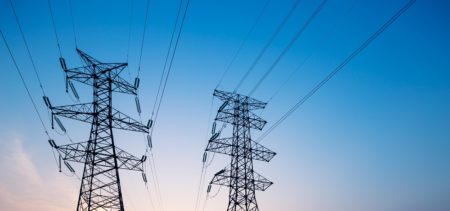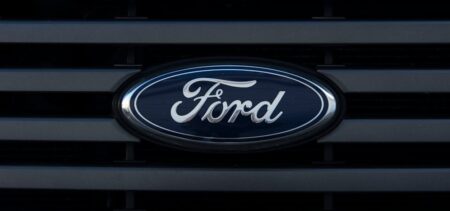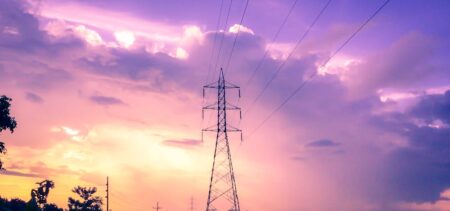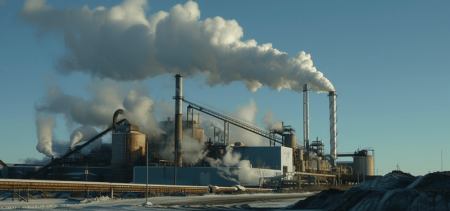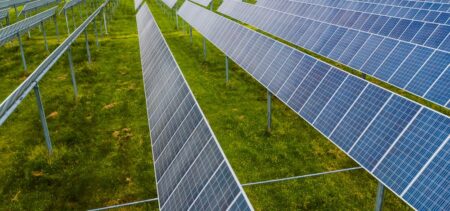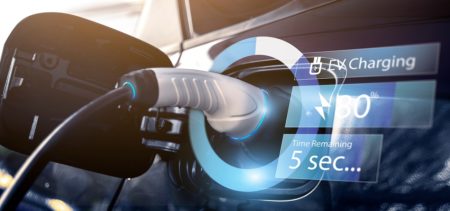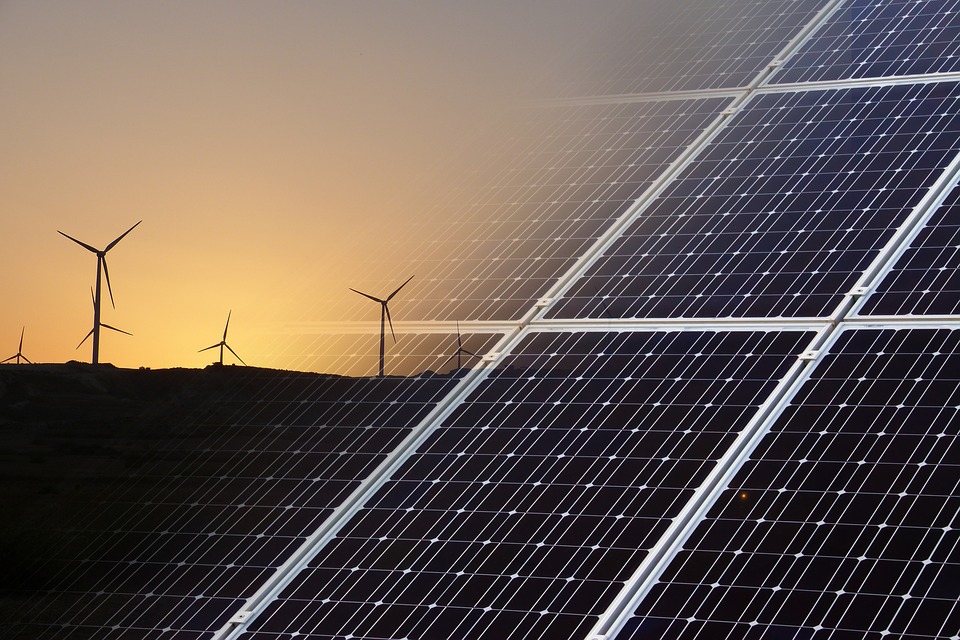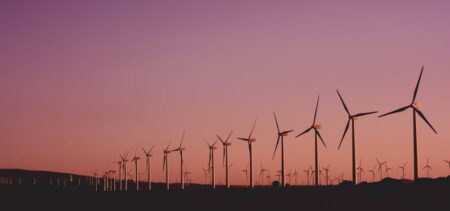The team, led by scientists and engineers at the University of California, San Diego and General Atomics, developed a new technique to “see” where energy is delivered during a process called fast ignition, which is an approach to initiate nuclear fusion reactions using a high-intensity laser. Visualizing the energy flow enabled researchers to test different ways to improve energy delivery to the fuel target in their experiments. The researchers published their findings online in the Jan. 11 issue of the journal Nature Physics.
Fast ignition involves two stages to start nuclear fusion. First, hundreds of lasers compress the fusion fuel (typically a mix of deuterium and tritium contained in a spherical plastic fuel capsule) to high density. Then, a high-intensity laser delivers energy to rapidly heat (ignite) the compressed fuel. Scientists consider fast ignition a promising approach toward controlled nuclear fusion because it requires less energy than other approaches.


